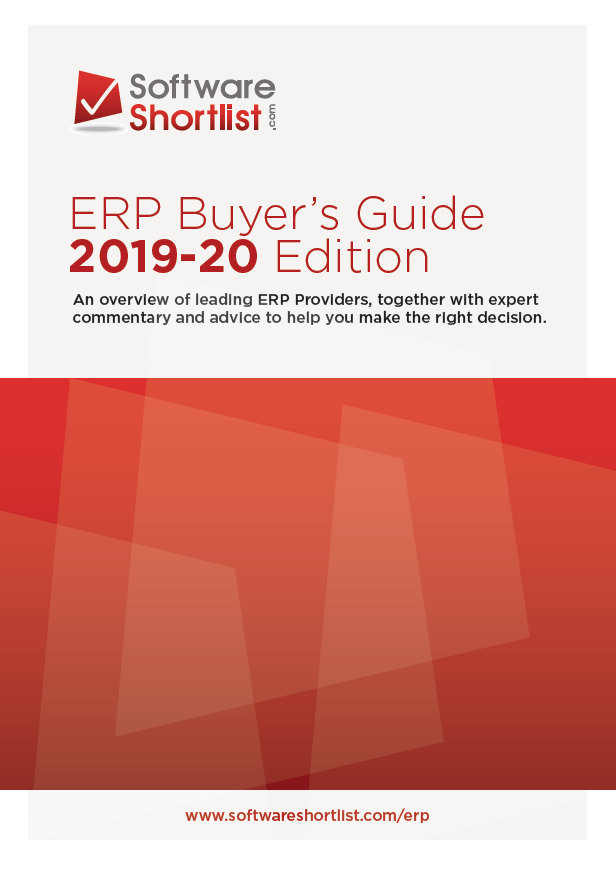Key SME concerns include lack of cloud knowledge, safety and security of data
Cloud computing has become business-as-usual for many operators, while others are being left behind due to fear of the unknown and inexperience. So, MYOB is releasing its top tips for bringing the cloud into a business.
The technology company’s national study of small and medium business managers found lack of knowledge was a key barrier to cloud usage for almost half of the 79% who said they don’t use it. The same proportion applied to those concerned about the safety and security of data in the cloud.
MYOB CEO Tim Reed said the cloud has been changing business for the better for years, yet confusion about its definition and uncertainty about its benefits are still fairly widespread amongst SME business owners.
“Most business owners wear many hats. They are the expert of marketing, sales, responsible for client delivery and often for financial management and IT too,” he said.
“Our research shows one in four SMEs feel they don’t know enough about the issues surrounding cloud computing to make the right business decisions and one in six lack the confidence to explore it. Perhaps just as concerning is that one in five are interested but say there are other more important business priorities to take care of first.
“Cloud is the delivery of hardware and software, such as email, office applications, file storage and accounting, over the internet. There are many benefits and collectively they provide a strong opportunity to increase business productivity so you have more time and money to concentrate on growth building activities, and to be more competitive locally and globally. We found businesses utilising the cloud were 53% more likely to experience a revenue rise last financial year and 55% more likely to have more sales/work than usual in their three-month pipeline than those who weren’t.”
Mr Reed continues, “The concerns around security of business data in the cloud are understandable when they come from fear of the unknown. Research into the credibility of cloud providers is essential. There’s plenty of helpful information, resources and support to help make more informed business decisions and this will only increase as these technologies becomes even more commonplace.”
MYOB’s top five cloud computing tips for SMEs:
1. Research trustworthy cloud service providers
Important criteria when researching providers include credibility, technology expertise and reputation. Look for information on the providers’ websites and via independent sources such as technology blogs, industry publications and research reports. Consider seeking advice from IT consultants, financial advisors and other business owners. Ask for client references and about e-learning, 24/7 support and other services offered. Going with an established, profitable, trusted provider is always a good idea.
2. Review benefits and considerations of different cloud models
You’ll discover cloud computing can take on many forms: some require you to learn new tools while others leverage your existing know-how. Some only work when you’re connected to the internet, others also work in offline modes. Focus on the business benefits and then determine the technology required. For example, if you’re interested in the ability to have online and offline access to your data anywhere, anytime, consider cloud-enabled software solutions that offer the best of both worlds: cloud, desktop, or both.
3. Prioritise security
The cloud involves accessing applications, information and data over the internet via a third-party provider. Therefore, the providers’ security policies and procedures should be robust. This includes physical security of the server facility with 24 hour a day, 365 days a year video surveillance and strict personnel access control, firewalls, anti-virus protection, spam filters, disaster recovery and independent auditing and testing. For example, MYOB works closely with Stratsec, one of Australia’s strongest and most awarded information security teams to conduct regular independent audits and penetration tests on both the servers and application.
4. Read the fine print
Check: are there hidden costs, add-ons or other features that will take up extra time and money to get everything running? Or is it an all-in-one cloud solution? Also enquire about the providers’ service level agreements (SLAs), especially in the event of an unexpected or planned outage for maintenance reasons. For example, if a half-day outage will be detrimental to your business, then discuss what measures are in place as well as any potential outcomes with the provider upfront.
5. Evaluate your own IT processes and systems
Each business is unique, with varying budgets and capacities. Evaluating your own IT processes and systems is essential before migrating to the cloud. For example, will you require cloud access for all staff and for multiple devices such as computers, tablets and smartphones? What areas of business operation will truly benefit from incorporating the cloud? A good provider will help you budget and plan for now and for the future. It also helps to map out a transition plan to help make the move to your chosen cloud solution as seamless as possible so there is little to no disruption to your business.



